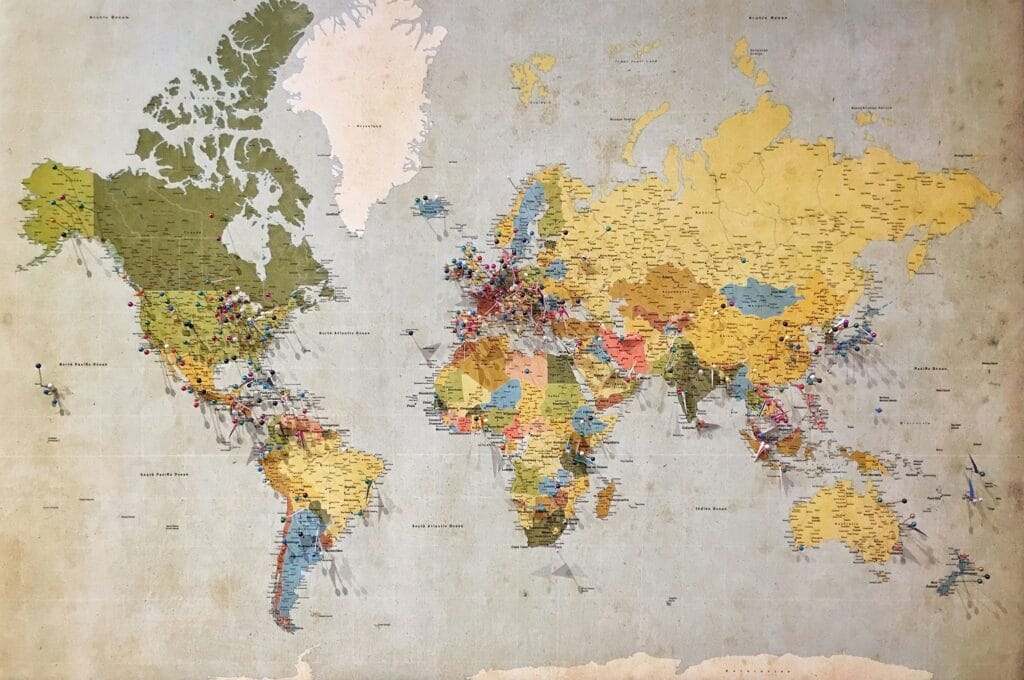Mergers and acquisitions often begin with energy, alignment, and optimism. In the early weeks, teams are motivated, communication flows easily, and the excitement of potential value creation drives momentum. But as reality sets in—typically once headcount reaches 30 to 50 across both sides—misalignment creeps in. Decision rights blur. Projects stall. Integration becomes reactive rather than intentional.
More often than not, this isn’t due to poor tech or flawed diligence. It’s because key stakeholders are unclear on who does what, who decides what, and who needs to be kept in the loop.
This is where a stakeholder map becomes not just useful, but critical.
What Is a Stakeholder Map in M&A?
A stakeholder map is a structured visual or tabular representation of individuals or groups that are directly or indirectly affected by, or have influence over, the integration effort. It outlines roles, responsibilities, communication pathways, and decision-making authority.
In the context of a merger, where two companies (and their cultures, hierarchies, and priorities) are being unified, this mapping becomes a tool to:
- Prevent duplication of effort
- Clarify accountability
- Reduce integration friction
- Align both organisations around a single view of “who’s in charge of what”
It also serves another purpose: giving confidence to the board, investors, and employees that the integration is structured, scalable, and under control.
How to Build a Stakeholder Map During a Merger
Here’s a structured approach you can apply:
1. Identify Core Workstreams
Start by identifying the main integration domains—typically:
- Technology / IT
- Product
- Finance
- People & Culture
- Legal & Compliance
- Sales & Marketing
- Operations
- Customer Experience / Success
Each of these will require ownership and cross-functional collaboration.
2. Define Stakeholder Categories
For each workstream, classify stakeholders using a simple framework such as:
| Category | Definition |
|---|---|
| Accountable | Who owns the outcome? (Only one person per workstream ideally) |
| Responsible | Who is doing the work and driving execution? |
| Consulted | Who needs to be involved for input before decisions? |
| Informed | Who needs to be kept updated on progress or outcomes? |
This is adapted from the well-known RACI model, but tailored for merger integration where clarity of decision-making is paramount.
3. Map Individuals and Roles
Start filling in names (or roles, if names aren’t confirmed) against each workstream and category.
You can use a table or a visual map, depending on the complexity. For example:
Integration Workstream: People & Culture
| Name | Role | Category |
|---|---|---|
| Sarah Ng | Head of People (Acquirer) | Accountable |
| James Wells | HRBP (Target Company) | Responsible |
| Legal Counsel | M&A Legal | Consulted |
| Integration PMO | Programme Oversight | Informed |
Repeat this for each workstream.
4. Check for Gaps and Overlaps
This step is often skipped, but it’s essential:
- Are there too many Accountables in a domain? That’s a risk.
- Is anyone listed under multiple conflicting roles? That may create delays or power struggles.
- Are key contributors missing entirely? Silence can kill integration just as fast as conflict.
Use this step to rationalise and clarify ownership.
5. Share and Align
Once drafted, review the stakeholder map with both sides of the merger. This is as much about surfacing tensions early as it is about alignment.
Be aware that titles, seniority, and influence don’t always align between acquirer and acquired. A stakeholder map brings these misalignments to the surface, so they can be resolved intentionally.
6. Revisit Frequently
Stakeholder maps aren’t one-and-done. People move roles. Priorities change. The map should be reviewed every 30–60 days during active integration and updated accordingly.
The Broader Value of Stakeholder Mapping
For investors, this exercise reveals far more than just who’s doing what. It exposes:
- Cultural integration risks
- Decision-making bottlenecks
- Organisational weaknesses in the acquirer’s own team
Too often, acquirers assume integration difficulties stem from the target company. In reality, unresolved issues inside the acquiring business become amplified during a merger. A stakeholder map acts as both an x-ray and a mirror—highlighting internal alignment issues before they become liabilities.
Stakeholder Mapping Reduces
Merger integration isn’t just about process—it’s about people. And people work best when they understand their role, their remit, and who to turn to when things go off course.
So before diving into systems, strategy, or culture workshops, start by asking the simplest, most effective question:
“Do we all know who’s accountable for what?”
If the answer isn’t unanimous, you know where to start.




